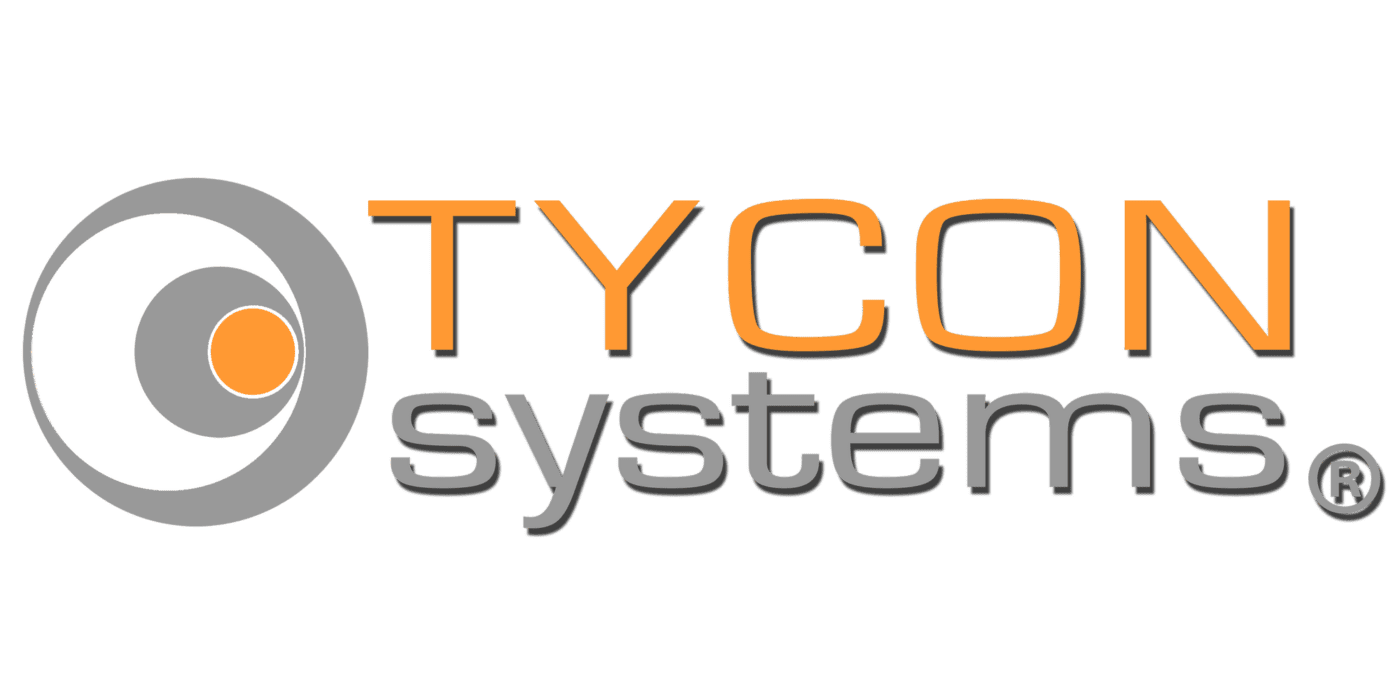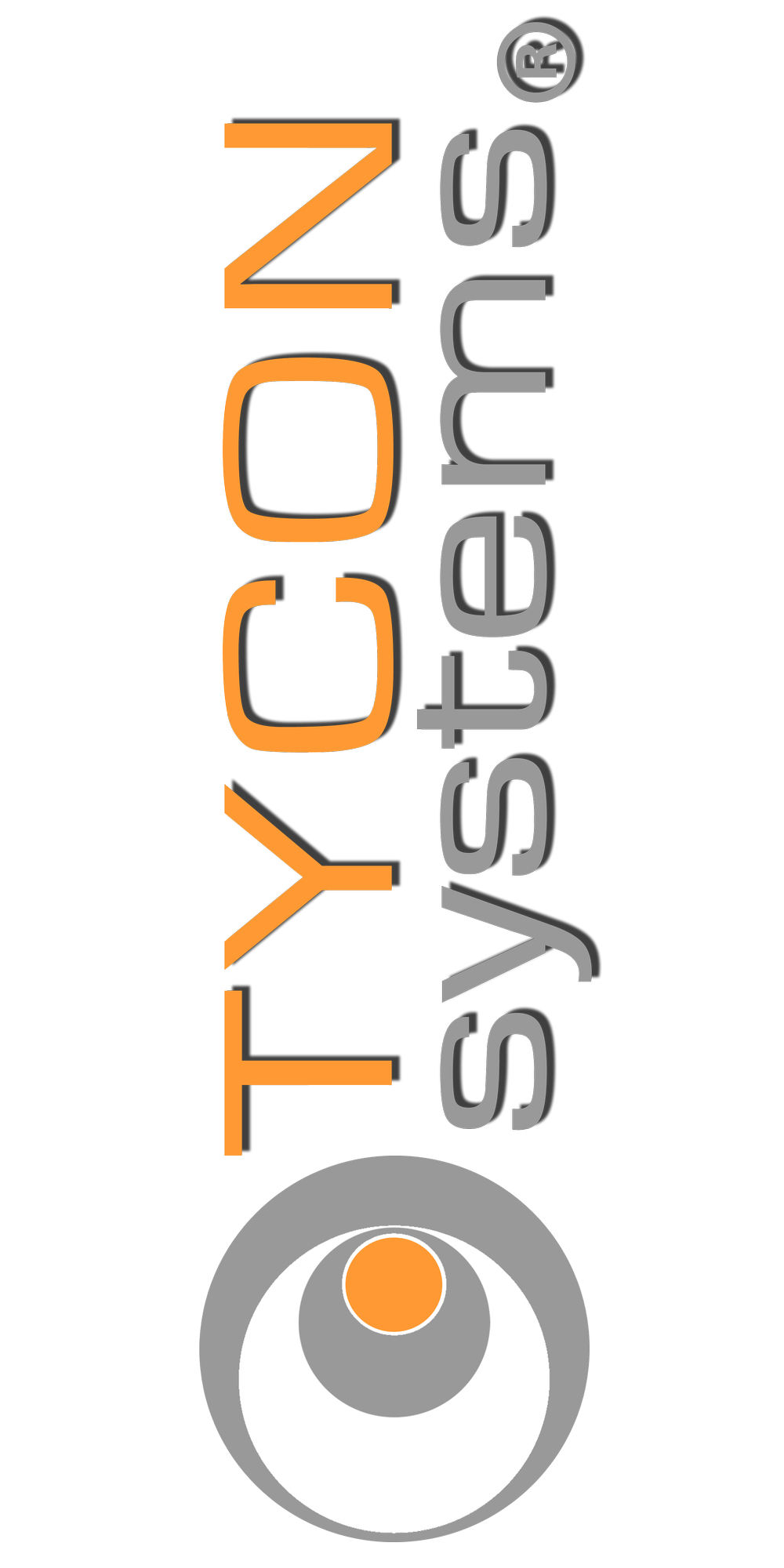Learn About Our Different Charge Controllers
A charge controller is used to regulate and control the voltage and current coming from a DC energy source like a solar PV array or DC power supply into the battery or battery bank. There are 2 types of Charge Controllers:
PWM
A Pulse Width Modulation charge controller regulates the power produced by the Solar or AC power supply by lowering the average DC voltage when necessary. These devices control the average DC Voltage at the battery terminals by turning off and on at a specific rate according to what the battery or battery banks need:

When the battery is at a low state of charge and starts charging, its voltage slowly ramps up as the PWM stays on to allow as much current as possible into the battery.
But when the battery is almost fully charged, its voltage stabilizes at a certain value (around 13.6V for 12V batteries). The PWM starts decreasing the duty cycle to maintain that certain voltage, this ensures that the battery is not overcharging.
MPPT
Maximum Power Point Tracking chargers use more efficient DC to DC converters to connect the charging systems to the battery or battery bank.
The main advantage of the MPPT charge controllers are that while protecting the Battery, They manage to optimize the output power from the charging sources and minimize energy losses through this process.
This is done by the controller finding the Maximum power output of the charging source as in the following example of a solar cell:

I hope this brief explanation has helped you to understand a little better the way charge controllers work.
If you have any questions or need any assistance picking the right system, please contact us!
801-432-0003
Sales@tyconsystems.com

